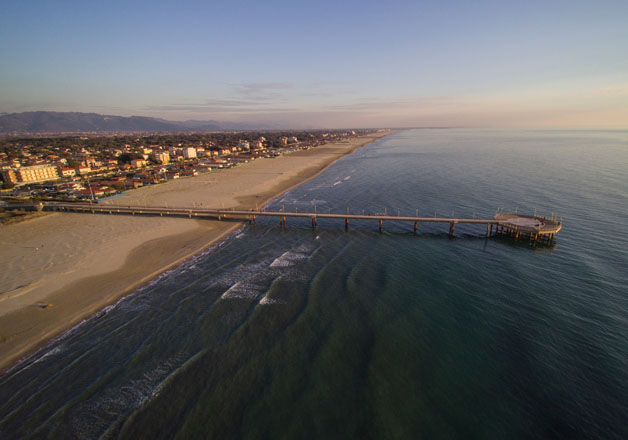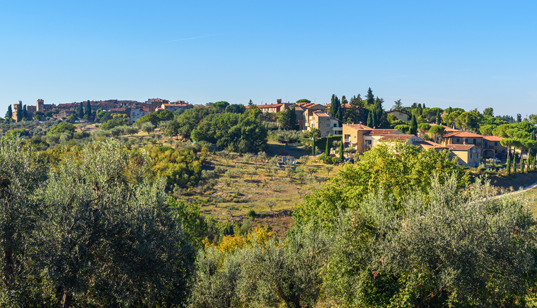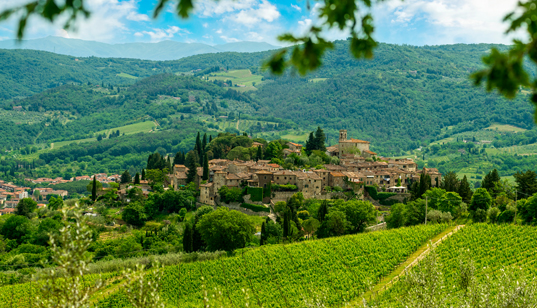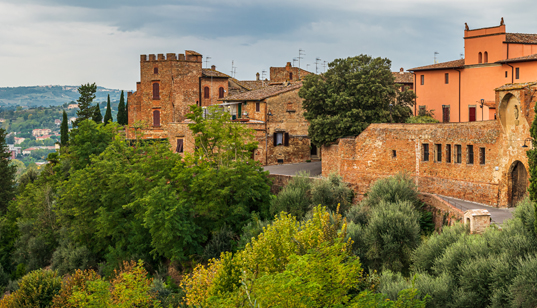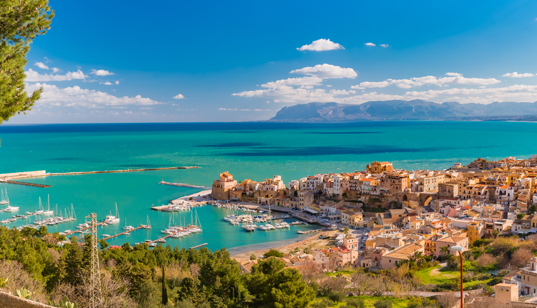Nestling in the hills between the Apuan Alps and the sea, Pietrasanta lies among green woodland, olive groves and vineyards. The “Little Athens”, so-called for its wealth of monuments, art galleries and sculptures scattered around the town, is famous for its ancient marble and bronze working tradition. This practice dates back to the time of Michelangelo, who attracted artists from all over the world to the town. Visitors can enjoy a walk through the “Artistic Traffic Zone” following in the footsteps of Cascella, Pomodoro, Mitoraj and many others, whose sculptures can be seen outside in the Park, in the MuSA exhibition space or at the Bozzetti Museum. Visitors to Pietrasanta may also bump into Fernando Botero, a regular visitor to the town since the ’70s, as they stroll through the narrow Medieval streets. A crossroads for art and culture, Pietrasanta lies along the Roman road Via Francigena and has always been a place to stop off and enjoy hospitality for travelling pilgrims, merchants and, more recently, keen hikers. Another lovely feature of the town is the sea, just a couple of miles from this ancient Versilia town with its long golden sandy coastline.
Local cuisine, traditional dishes, interesting facts
Visitors to Pietrasanta can enjoy tasty, genuine cooking, with lashings of flavoursome Tuscan oil.
Handmade specialties include ‘tordelli’, a kind of ravioli filled with meat and vegetables, the famous “panzanella” and tripe which can be enjoyed in one of the many local trattorias or the more elegant restaurants.
Where to eat enjoying a bottle of Acqua San Benedetto
La Martinatica
Via Martinatica, 20




